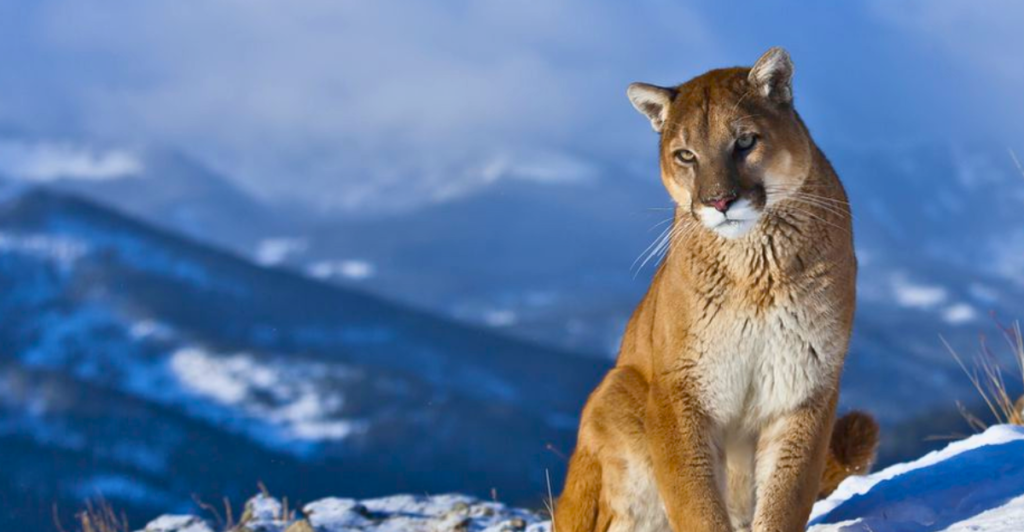
America’s diverse landscapes are home to numerous mountains that captivate adventurers and climbers. However, some peaks present significant dangers due to unpredictable weather, challenging terrains, and high fatality rates. This article explores the top 13 most perilous mountains in the United States, highlighting the risks they pose to those who dare to ascend them.
Standing at 14,411 feet, Mount Rainier is a prominent volcanic peak in the Pacific Northwest. Its large glaciers, crevasses, and volatile weather patterns contribute to its reputation as one of America’s most dangerous mountains. Since 1897, over 400 lives have been lost on Mount Rainier, with approximately 125 of these fatalities related to climbing accidents.
Mount Washington, New Hampshire
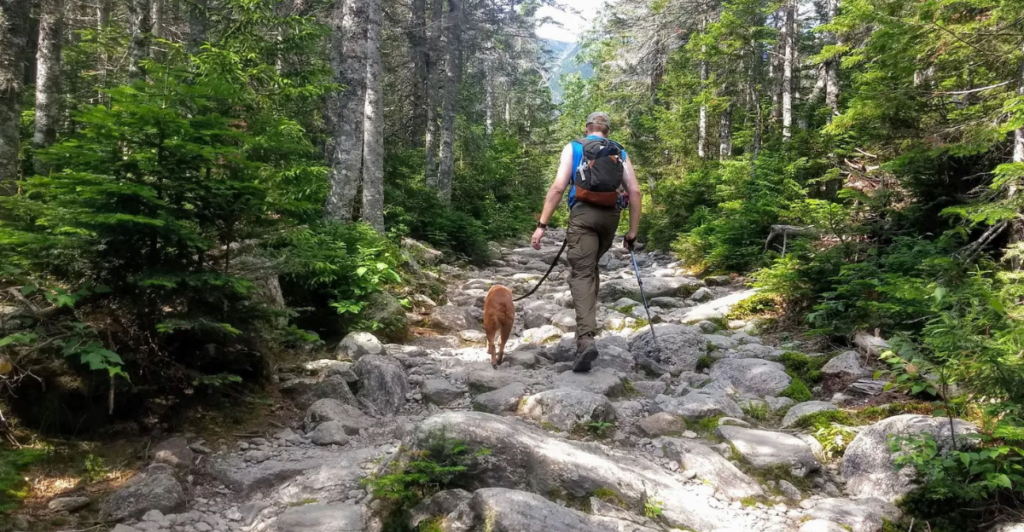
Despite its relatively modest height of 6,288 feet, Mount Washington is notorious for severe weather conditions, including temperatures as low as -40°F and wind gusts up to 231 mph. These factors make it exceptionally hazardous, especially for underprepared hikers. Since record-keeping began in 1849, there have been 161 deaths on Mount Washington.
Understanding the hazards associated with these mountains is crucial for both seasoned climbers and casual hikers. By examining recent statistics and notable incidents, we aim to shed light on the challenges these peaks present, emphasizing the importance of preparation and respect for nature’s formidable forces.
Denali, Alaska
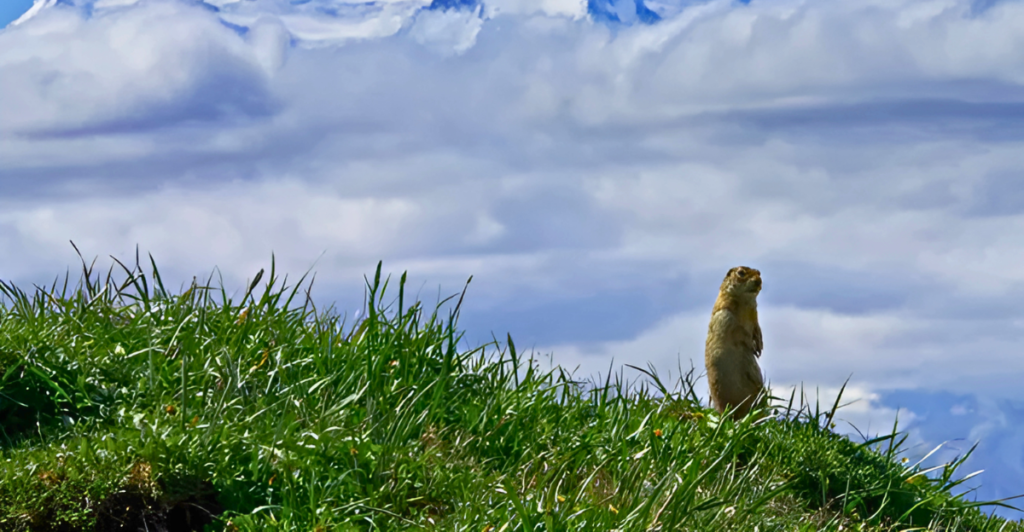
As the tallest mountain in North America, Denali reaches 20,320 feet and poses significant challenges due to its high altitude and unpredictable weather. The mountain has a fatality rate of 3.08 per 1,000 summit attempts, with 127 recorded deaths since 1932.
Mount Hood, Oregon
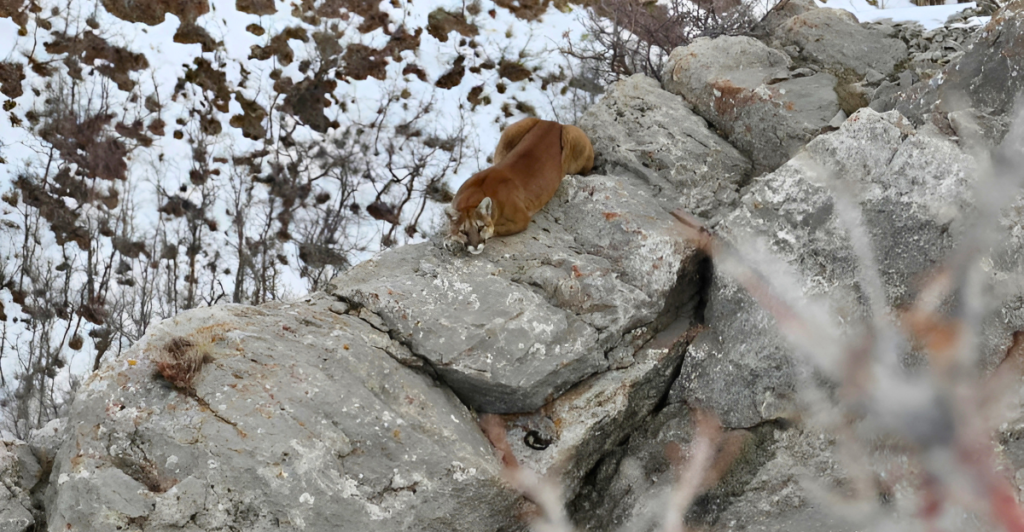
Mount Hood stands at 11,250 feet and attracts over 10,000 climbers annually. Its 11 glaciers and technical climbing routes present dangers such as rockfalls and crevasses. Since 2002, there have been 46 deaths, contributing to at least 130 all-time reported fatalities on Mount Hood.
Mount Saint Elias, Alaska
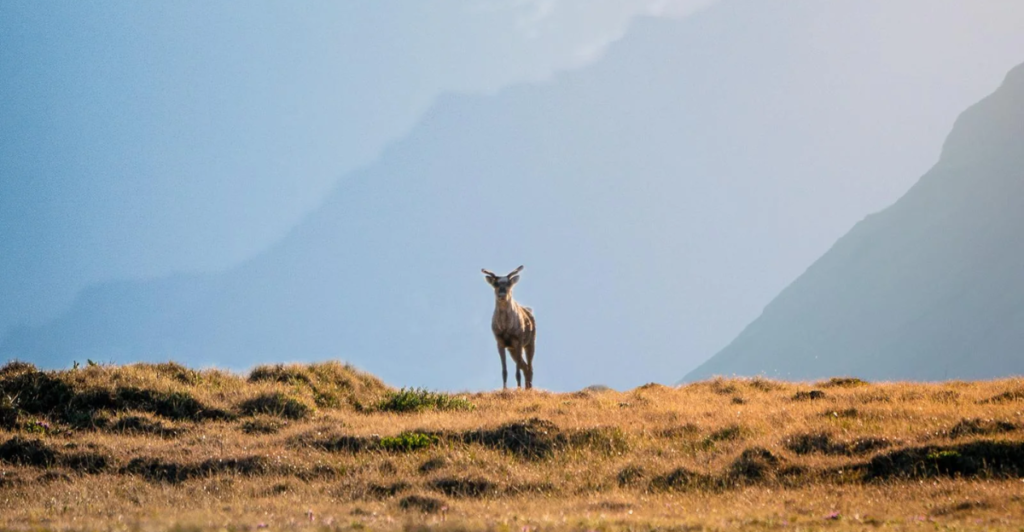
Located on the Yukon-Alaska border, Mount Saint Elias rises to 18,008 feet and is known for its steep, technical routes. The mountain’s challenging terrain results in few successful ascents, with only 10 out of 43 climbers reaching the summit during 11 expeditions.
Longs Peak, Colorado
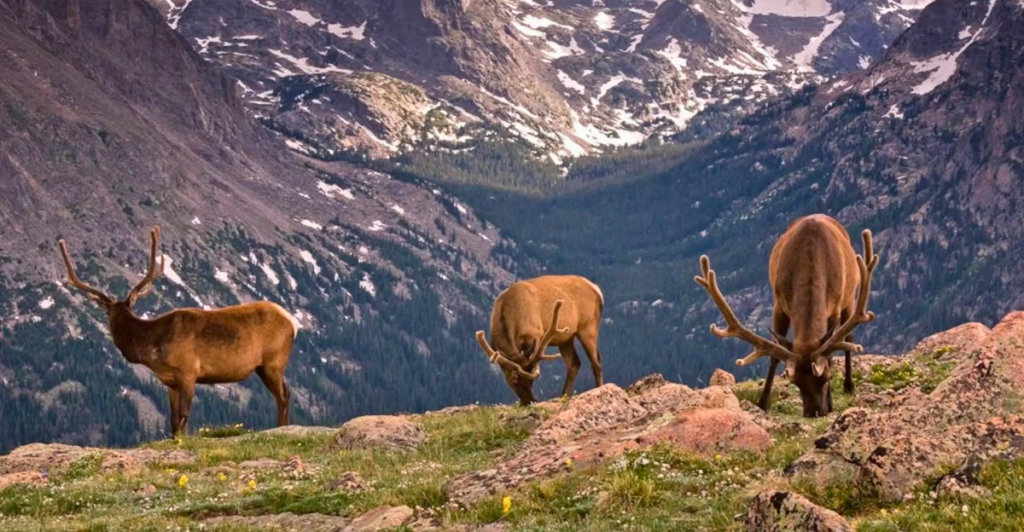
Longs Peak, at 14,259 feet, is one of Colorado’s most climbed “Fourteeners.” However, its steep inclines and sudden weather changes have led to numerous accidents. The mountain has claimed over 60 lives, making it one of the deadliest peaks in Colorado.
Mount San Antonio (Mount Baldy), California

Mount San Antonio, commonly known as Mount Baldy, stands at 10,064 feet and is the highest peak in the San Gabriel Mountains. Its popularity among hikers belies the dangers posed by steep, icy slopes and rapidly changing weather. The mountain has been the site of numerous search and rescue missions, with several fatalities reported in recent years.
Grand Teton, Wyoming
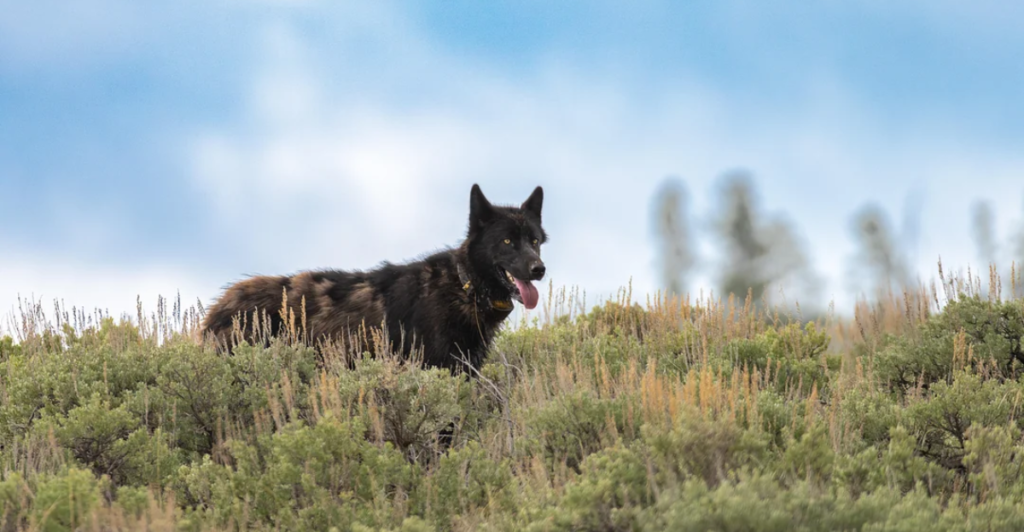
Grand Teton rises to 13,775 feet and is renowned for its challenging climbs and technical routes. The peak’s rugged terrain and sudden weather shifts have resulted in over 60 fatalities, underscoring the need for climbers to be well-prepared and experienced.
Mount Shasta, California
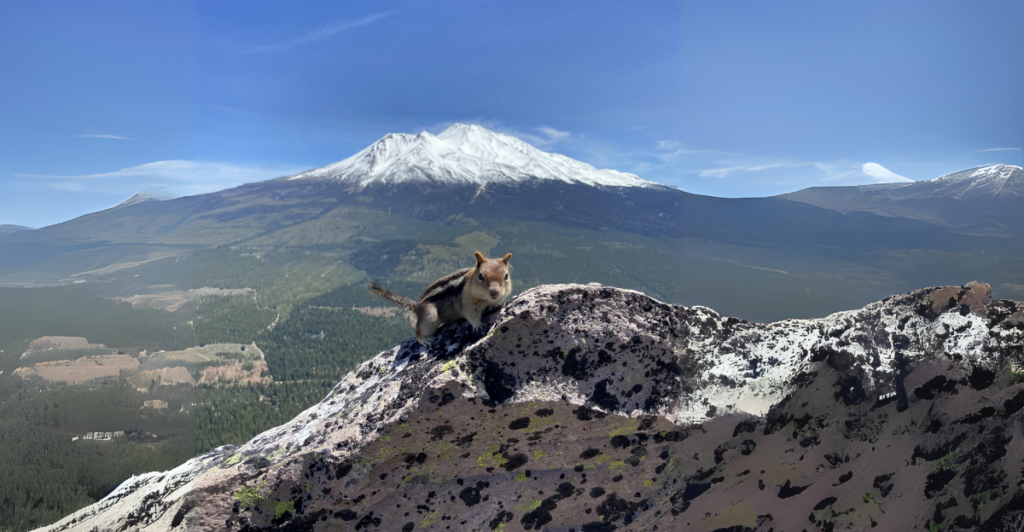
Mount Shasta, a 14,179-foot volcanic peak, presents hazards such as avalanches, crevasses, and sudden storms. Its allure to both novice and experienced climbers has unfortunately led to numerous accidents and fatalities over the years.
Mount Baker, Washington
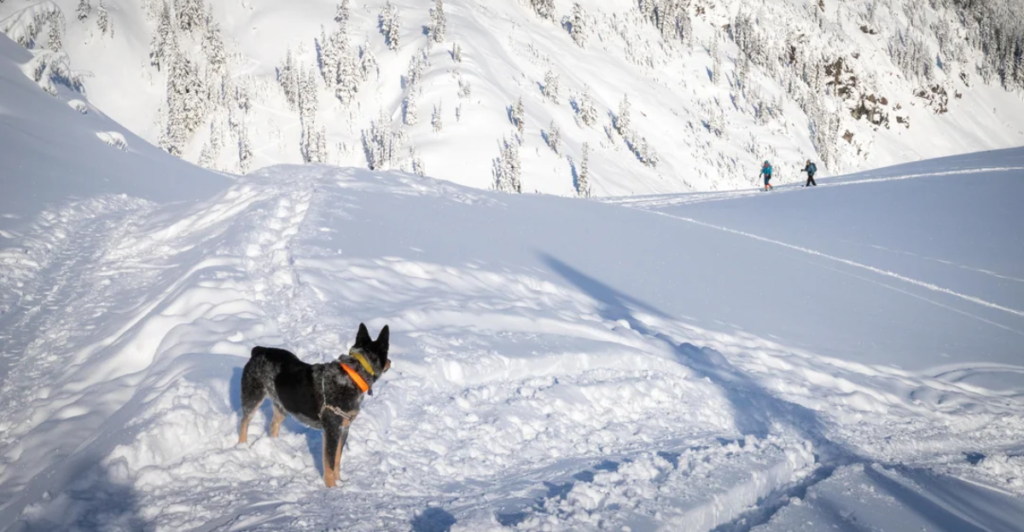
At 10,781 feet, Mount Baker is an active glaciated stratovolcano known for heavy snowfall and crevasse-laden glaciers. These conditions contribute to its reputation as a dangerous climb, with several fatalities recorded, particularly due to avalanches and falls.
Mount Jefferson, Oregon
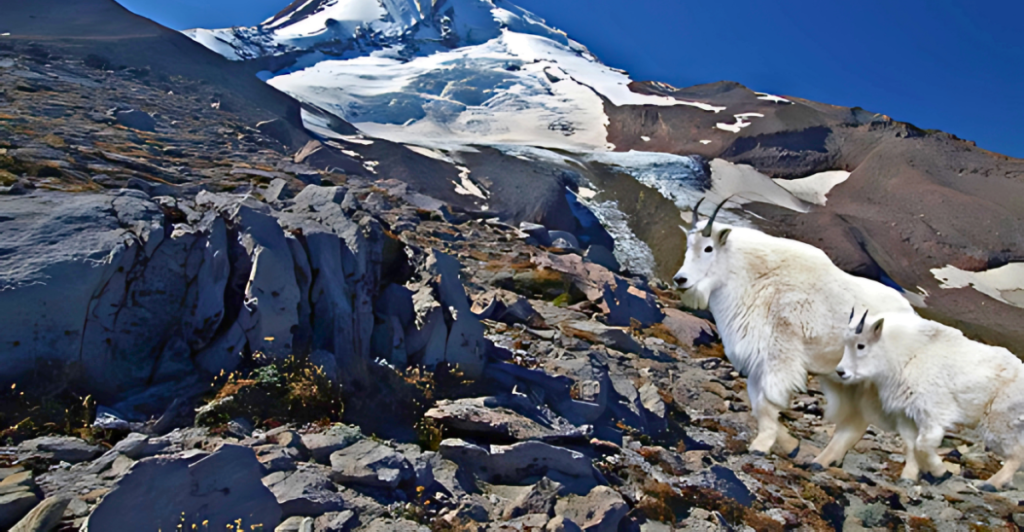
Mount Jefferson stands at 10,497 feet and is considered one of the most remote and challenging peaks in Oregon. Its rugged terrain, combined with unpredictable weather, has led to several accidents and fatalities among climbers attempting to reach its summit.
Mount Cleveland, Montana
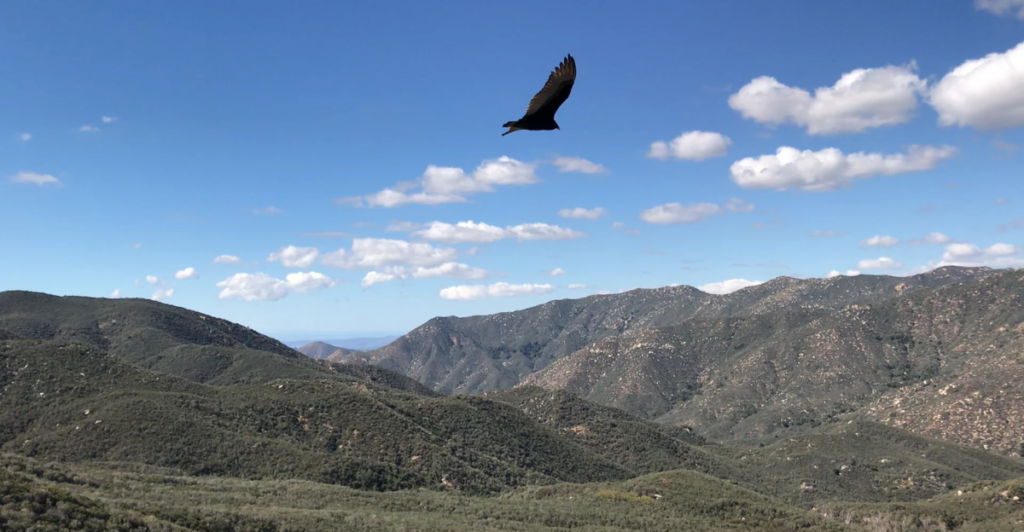
As the highest peak in Glacier National Park, Mount Cleveland reaches 10,466 feet. Its steep cliffs and frequent rockfalls make it particularly hazardous, with several climbing accidents reported over the years.
Mount Olympus, Washington
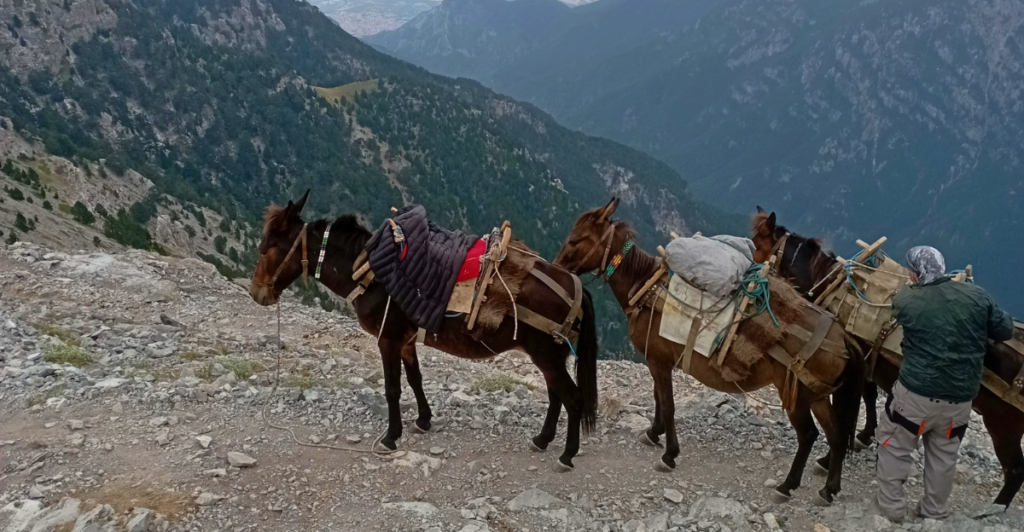
Mount Olympus, at 7,980 feet, is the highest peak in the Olympic Mountains. Despite its lower elevation, the mountain’s remote location, complex glacier systems, and unpredictable weather contribute to its dangers, resulting in multiple fatalities among climbers.
These mountains, while breathtaking, demand respect and thorough preparation from those who seek to explore them. Understanding the inherent risks and challenges is essential for ensuring safety. Climbers and hikers are advised to acquire proper training, check weather forecasts, and equip themselves adequately before attempting these formidable peaks.
Discover more of our trending stories and follow us to keep them appearing in your feed.

California Is Splitting Apart: A Fault Line Is Forming Faster Than Anyone Predicted
12 Mountain-Range Mammals Americans Hardly Ever See
Hunters Face Felony Charges For Killing Mountain Lions—A Wake-Up Call For The Hunting Community
Have You Encountered These 12 Rare Mountain Hunters?
Stay connected with us for more stories like this! Follow us to get the latest updates or hit the Follow button at the top of this article, and let us know what you think by leaving your feedback below. We’d love to hear from you!







